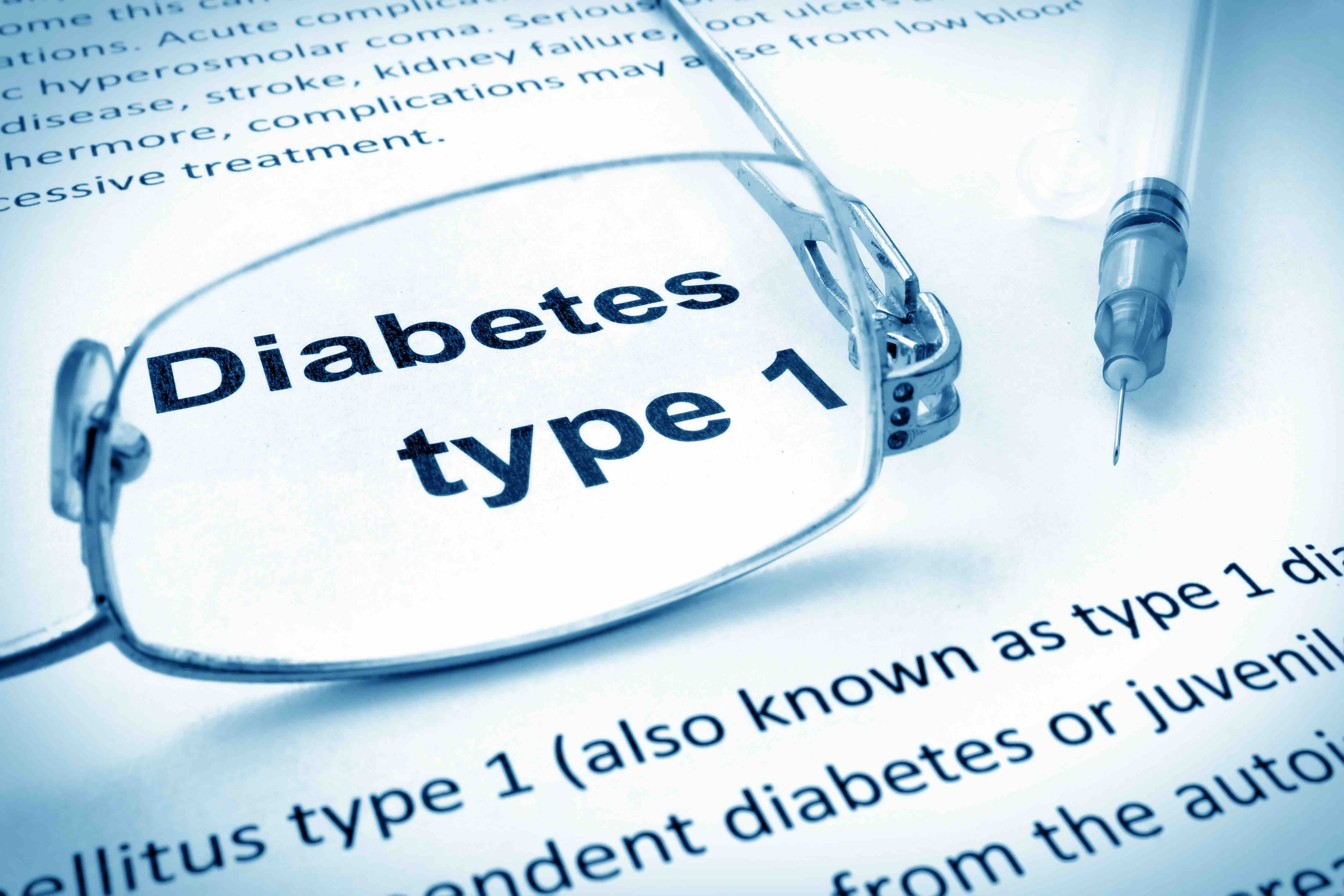- Center on Health Equity and Access
- Clinical
- Health Care Cost
- Health Care Delivery
- Insurance
- Policy
- Technology
- Value-Based Care
Researchers Show Feasibility of Community-Based Genetic Risk Screening for T1D
Increased interest in screening for the genetic risk of type 1 diabetes (T1D) has been driven by factors including the introduction of immune interventions.
Saliva-based screening can be leveraged to determine a genetic risk score for developing type 1 diabetes (T1D), according to community study findings published in Genome Medicine.
Increased interest in screening for the genetic risk of T1D has been driven by various factors, explained the researchers, including increased understanding of the genetics associated with T1D, utility of islet autoantibody screening for risk prediction, and the introduction of immune interventions.
“Early detection of [T1D] becomes increasingly important with the development of immune interventions (eg, teplizumab with FDA approval in stage 2 disease). Our study suggests that a T1D [genetic risk score] approach is implementable in the USA at a population level, based upon acceptance of saliva sampling as a non-invasive application,” explained the researchers. “Future use of kits for in-home saliva collection for DNA/genotyping and minimal blood for islet autoantibody testing with distribution by health care staff, school staff, or public health service with postal self-return will likely enhance adherence to screening guidelines.”
Type 1 diabetes | Image Credit: © Vitalii Vodolazskyi - stock.adobe.com

Launched at the tail end of 2016, the Precision Individualized Medicine for Diabetes (PrIMeD) program was initiated to pilot test population screening for the risk of T1D. The researchers recruited more than 3800 children from 8 different general pediatric and specialty centers in Virginia. The group noted that their cohort had diverse ancestry and a wide age range, with children ranging in age from 2 years to 16 years.
Genetic risk was determined using minimally invasive saliva screening for each patient. Overall, 14.2% of patients in the group were considered to have a “high genetic risk.” The vast majority (91.1%) of these patients were of White ancestry, 9.6% were of Black or African American ancestry, and 1.9% were of Asian ancestry.
There were 91 children who already had T1D at the time of study, about half (52%) of whom had a “high genetic risk.” This finding, said the researchers, is consistent with previous evidence signaling that approximately 50% of T1D risk is attributable to genetic factors. The group found no significant association between genetic risk score and the age of T1D onset.
A small minority of the 494 patients without T1S who had a high genetic risk score underwent autoantibody screening. The researchers noted that testing was largely underutilized due to the need to undergo a blood draw amid the COVID-19 pandemic. Among the 28 who provided a sample for islet autoantibody testing, 89.3% were negative for all islet antibodies.
Two patients tested positive for at least 2 islet autoantibodies—GADA, IAA, and ZnT8A—and were recommended to inform their primary care physician and undergo monitoring. One other patient tested positive for 1 islet autoantibody and was recommended to undergo testing again in a year.
“The cost of implementing PrIMeD was significant, with high personnel cost of clinical research coordinators staffing individual clinic sites. There is evidence, however, that investment in T1D screening can be cost effective,” the researchers wrote. “It has been estimated that $4700 was required per case of T1D detected for children and adolescents enrolled in a screening program, with $14,000 per case detected for routine screening in Denver, CO. The 20% reduction in DKA events combined with 0.1% improvement in HbA1c levels would be needed for the program to reach a value threshold of $50,000–$150,000 per quality-adjusted life-year.”
They noted that the current costs of genetic panels and islet autoantibody surveillances would need to come down in order for this approach to be cost-effective, although the recent introduction of at-home islet autoantibody testing options by mail rather than blood draws may increase the proportion of patients who undergo further evaluation for T1D.
Reference
Guertin K, Repaske D, Taylor J, et al. Implementation of type 1 diabetes genetic risk screening in children in diverse communities: the Virginia PrIMeD project. Genome Med. Published online February 14, 2024. doi:10.1186/s13073-024-01305-8
